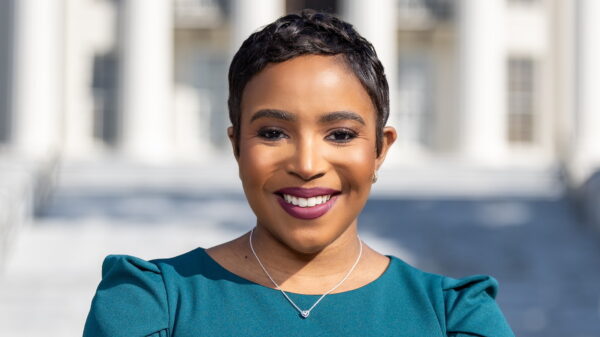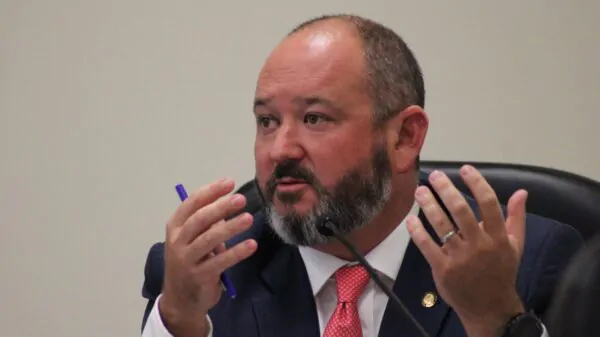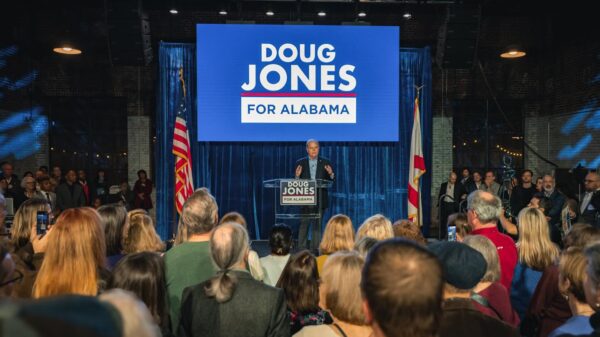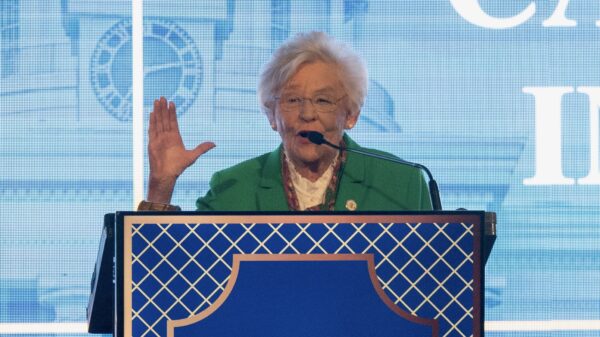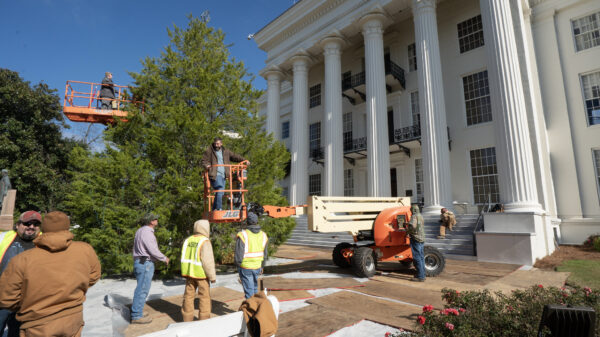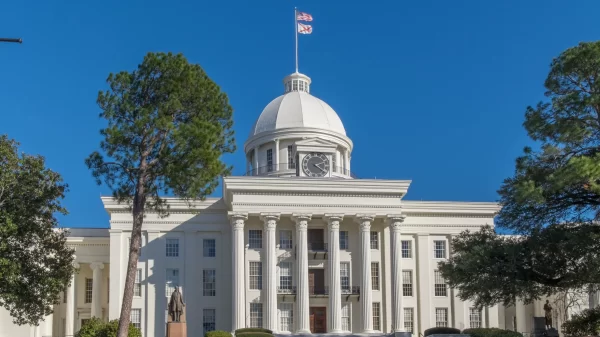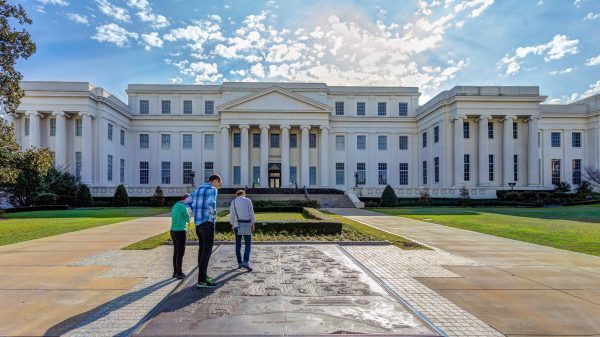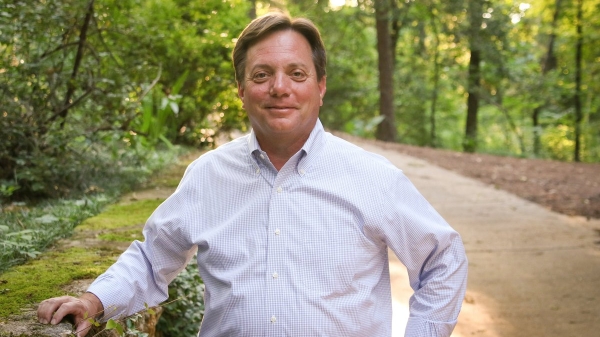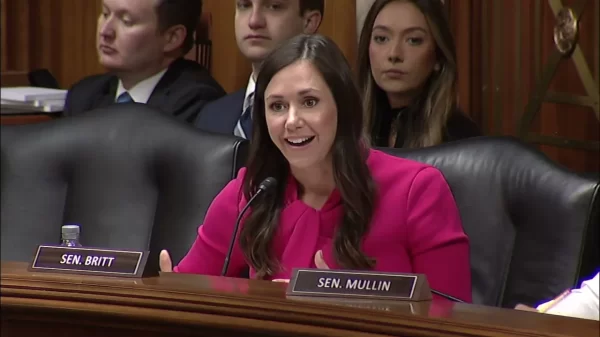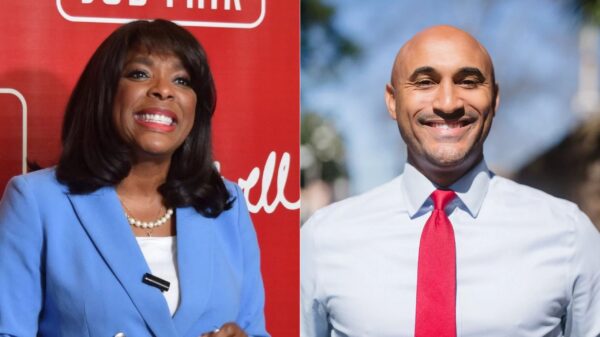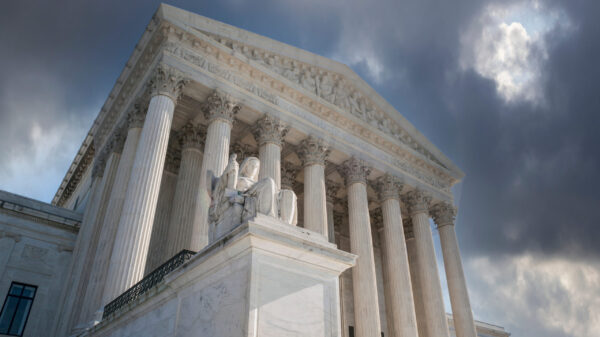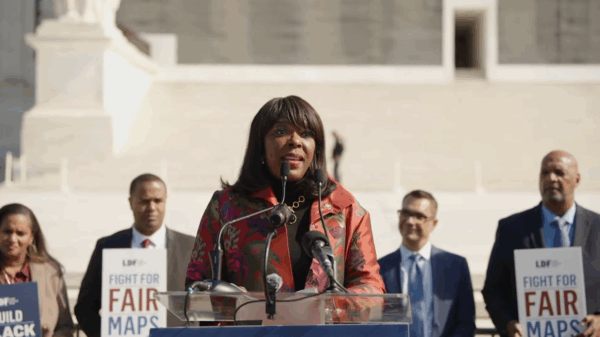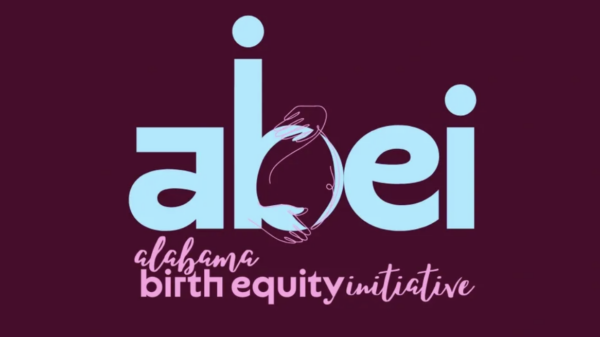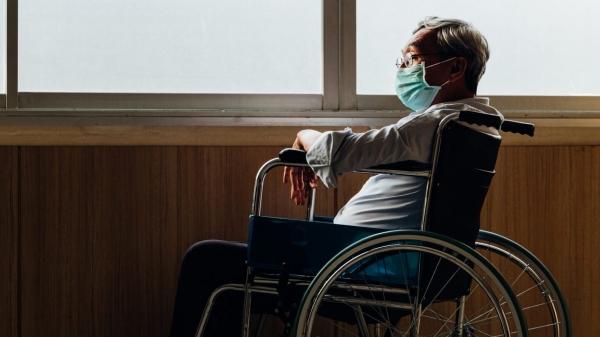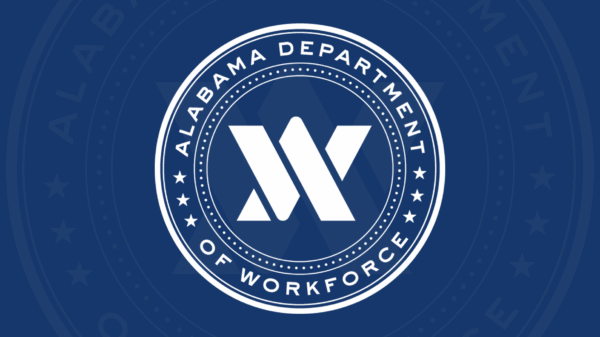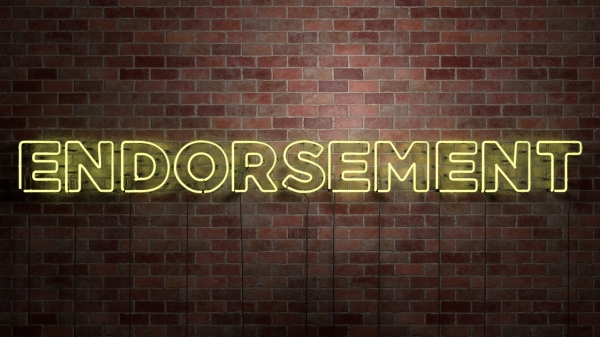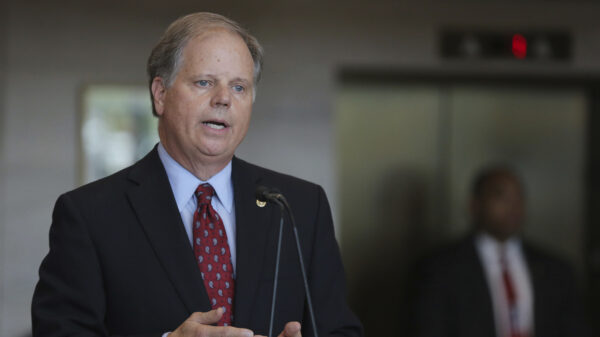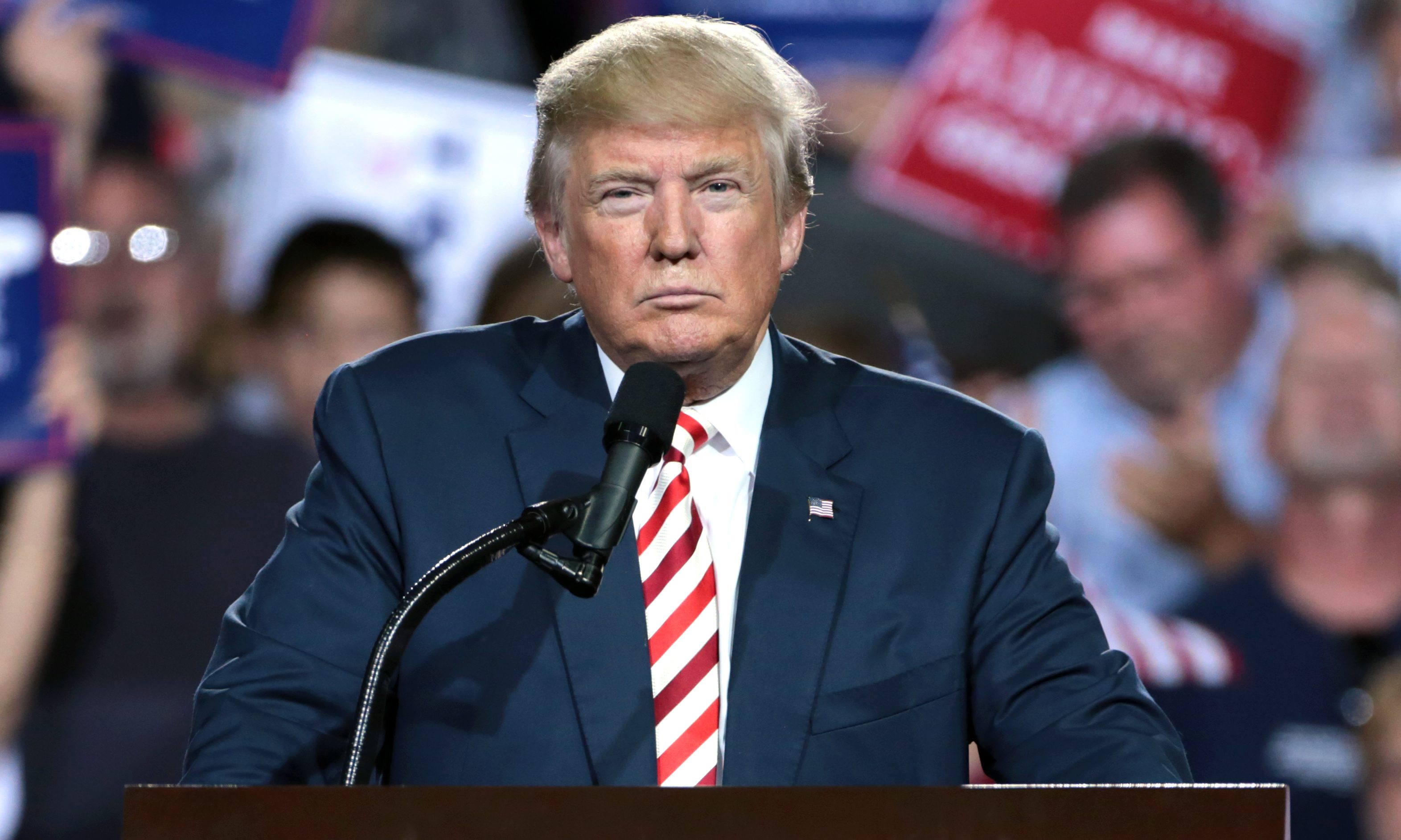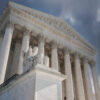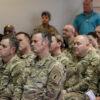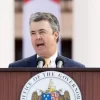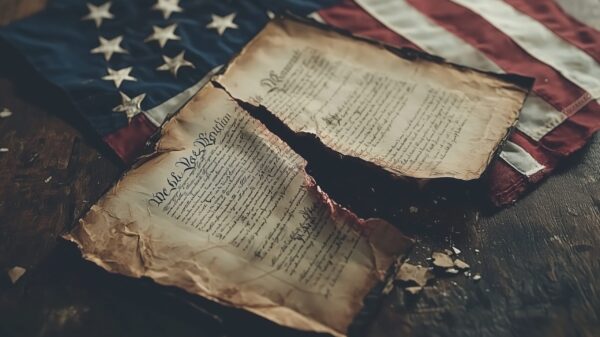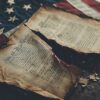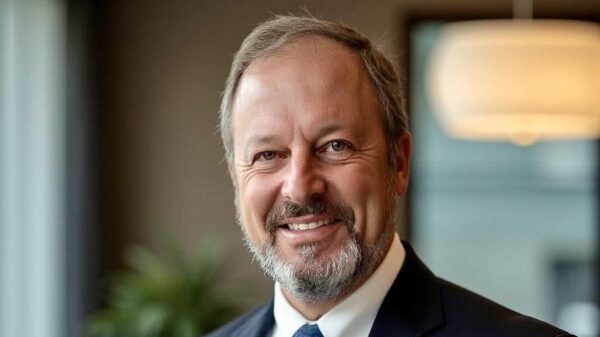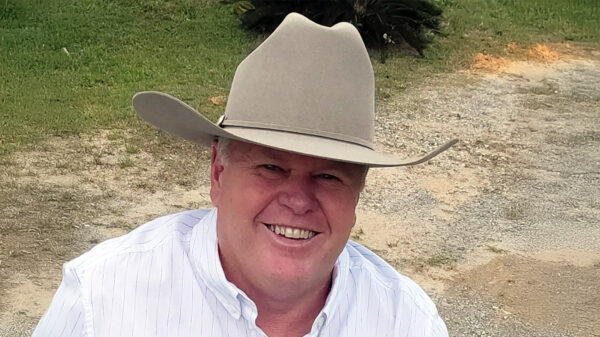The June 20, 2020, Tulsa Rally appears to have left the incumbent president’s campaign a data mess too big to clean up. A data mess bad enough that it might be time for campaign staff changes.
What was the Campaign data from the June 20, 2020 Tulsa Rally?
The incumbent president’s campaign manager boasted a week before the Tulsa Rally that over 800,000 people had already registered for tickets and the ticket registration process had already produced the “Biggest data haul and rally sign up of all time by 10x.”
So, the Campaign bragged that the Tulsa Rally was, for data gathering, ten times bigger than any campaign effort ever. For those familiar with the importance of campaign data today, the “biggest data haul” by ten times might sound more important than the Tulsa Rally itself.
A campaign event registration process hopes to gather contact information like names, cell phone numbers, email addresses and mailing addresses. Before sending tickets to a registrant, a competent campaign would send the registrant a text or email to confirm that he or she is a real person giving real contact information.
With contact information, a campaign can text, email and snail mail information directly to supporters and can use the information to target supporters’ social media accounts and to identify supporters’ social media friends, connections or other contacts. Then, a campaign can through social media target fund raising, persuasion pieces and other information and advertisements to those identified.
What happened at the June 20, 2020 Tulsa Rally?
By June 20, 2020, the incumbent president’s campaign tweeted that over 1,000,000 had registered. The Campaign prepared an outdoor overflow venue for over 40,000, for after the 19,200 coliseum venue was filled.
At the June 20, 2020 Tulsa Rally, the Tulsa Fire Marshall reported that less than 6,200 attended, not 19,200. The Campaign claimed 12,000 attended. The outdoor overflow venue had zero attendees, not 40,000.
What does the Campaign claim happened?
The Campaign tweeted that the underwhelming attendance was due to “the fake news media warning people away” in fear of protesters and coronavirus sickness and “protesters even blocked entrances to the rally at times”
No one has identified any Tulsa Rally registrants who came but did not attend due to protesters blocking entrances, much less shared photos of thousands of rally registrants who came but protestors blocked.
So, the incumbent president’s campaign seems to be claiming that over 99 percent of their over one million registrants trusted the “fake news media warning” so much that they did not attend.
Yet, before registering, registrants would have known there were coronavirus risks, waived any Campaign coronavirus liability by registering, and still confirmed with the Campaign that they would be there.
What else might explain the underwhelming Tulsa Rally turnout?
The day after the Tulsa Rally, the Campaign tweeted as follows:
“Reporters who wrote gleefully about TikTok and K-Pop fans – without contacting the campaign for comment – behaved unprofessionally and were willing dupes to the charade. Registering for a rally means you’ve RSVPed with a cell phone number and we constantly weed out bogus numbers, as we did with tens of thousands at the Tulsa rally, in calculating our possible attendee pool. These phony ticket requests never factor into our thinking.”
The Campaign claims a “charade, ” which would be the media’s “bogus claims of ticket hacking.” The media’s “bogus claims” would be numerous media, including the New York Times (republished by Yahoo) and the Chicago Tribune, reporting that TikTok teens and K-pop stans registered but never intended to attend, thereby pranking the Campaign and leading to over one million registrants but only 6,200 attendees.
The incumbent president’s campaign has changed the registration process for the June 23, 2020 student event in Phoenix, Arizona. The Campaign’s new registration form requires a “Social Media LINK (Instagram, twitter, or facebook).” This new form suggests the Campaign might not really believe the media’s “claims of ticket hacking” are “bogus.”
Did the youth of America prank the incumbent president’s campaign?
In one viral video, a TikToker said she regretted that she had registered for two to attend the Tulsa Rally, and even confirmed her attendance, but had forgotten that she had to collect the lint on her floor the day of the Tulsa Rally and sort the lint by size. She also encouraged those who wanted to register to use a good cell phone number and zip code, so they would get their tickets. Another TikToker had a similar video with 1.7 million views. And a K-pop stans had a similar video.
Perhaps based on these videos and other social media, the incumbent president’s campaign now has lots of data from people who oppose his campaign enough to prank them.
How much prankster data is in the “Biggest data haul” by ten times?
First, let’s guess at how much useful campaign data was included in the registration data. According to the Tulsa Fire Marshall, an independent source responsible for the safety of attendees, less than 6,200 attended.
For a free campaign event, one knows that many registrants will no show. With 6,200 attendees, if one had expected only 10 percent of the registrants to attend (90 percent no shows, a disappointing percentage), the number of true MAGA registrants (people actually intending to attend) would be about 62,000.
Note that 10,000 attendees would be one percent of one million Tulsa Rally registrants. And the Fire Marshall counted less than 6,200.
To be a registrant the incumbent president’s campaign did not “weed out,” the registrant gave at least a good cell phone number or email address, and then confirmed the registration.
With one million Tulsa Rally registrants and this estimate of about 62,000 true MAGA registrants, about 938,000 pranked the Campaign. That would mean well over 90 percent of the Campaign’s “Biggest data haul” were pranksters.
What can the Campaign do now?
The incumbent president’s campaign surely does not want to be repeatedly contacting the pranksters. The time and expense would be a waste at best. Being blocked by pranksters after receiving emails and having ads ignored on social media would cause the Campaign problems. And contacting pranksters would seem to be inviting more pranks.
Cleaning up a data set is a normal process. If most of the data is bad though, one cannot really use it for anything. Most would expect that, with over 90 percent prankster data, this “Biggest data haul” cannot be salvaged.
Often, campaigns pay outside consultants on a per person basis for campaign data. At times, internal staff is paid this way too. The incumbent president’s campaign should think long and hard before paying anyone based on this “Biggest data haul and rally sign up of all time by 10x.”
Other campaigns should learn from the June 20, 2020 Tulsa Rally failures. Ten times more campaign data than ever gathered before sounds way too good to be true. If the data seem too good to be true, they probably are. Look at the data.
The Campaign should think about who is responsible for missing that the data was almost all from pranksters. One million registrants for the Tulsa Rally screams something is wrong. I’ll bet a barbecue that even a cursory look at the raw data would have made the pranking clear.
If the campaign were mine, it might be time for Campaign staff changes.

